Kasuga Taisha to Station - Nara Prefecture
| Travel Reports by mfedley | view profile of mfedley |
| previous post |
| next post |
| Note: The opinions and views expressed in this user report are those of the individual author and do not necessarily reflect the opinions and views of japan-guide.com. |
December 29, 2019 - Kasuga Taisha to Station - Nara Prefecture
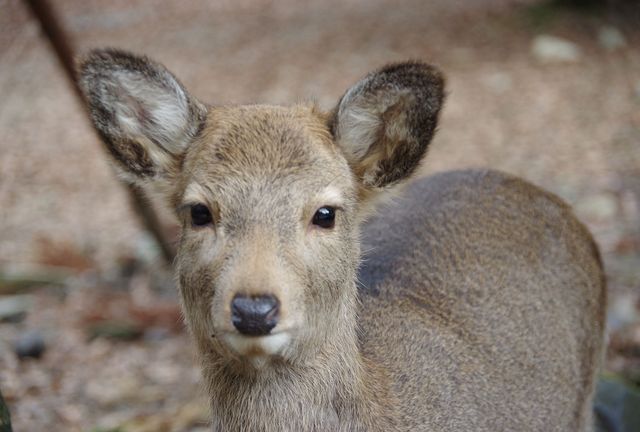
After spending the morning in the Todaiji area of Nara - I decided to visit Kasuga Taisha and then come back to Kintetsu Nara station in the afternoon. This trip was completed via bike - but it could also be easily completed via walking as the distances required are not that great.
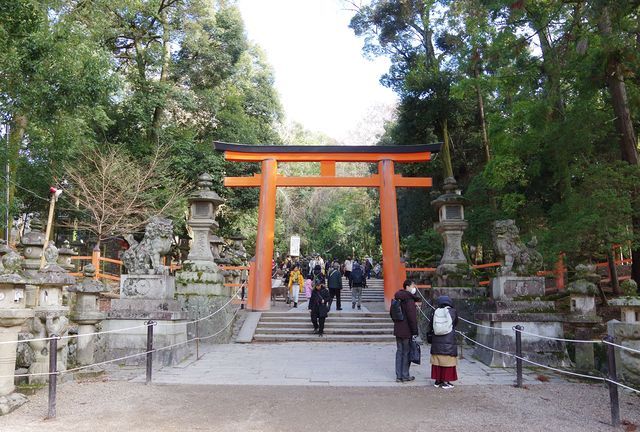
In my last post I mentioned that Todaiji is probably the busiest tourist destination in Nara but Kasuga Taisha would be a close second. This picturesque shrine was first built in 768 and has been rebuilt multiple times since.
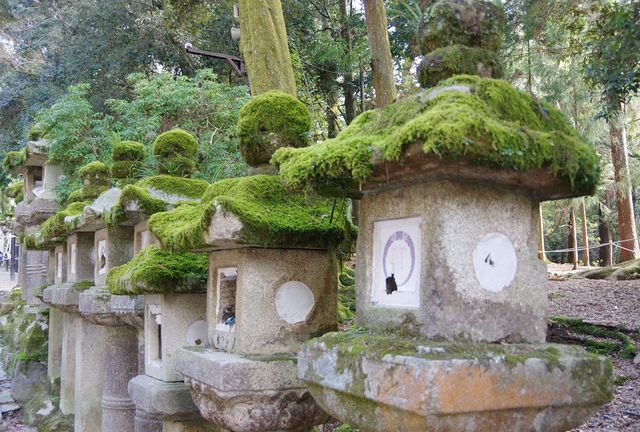
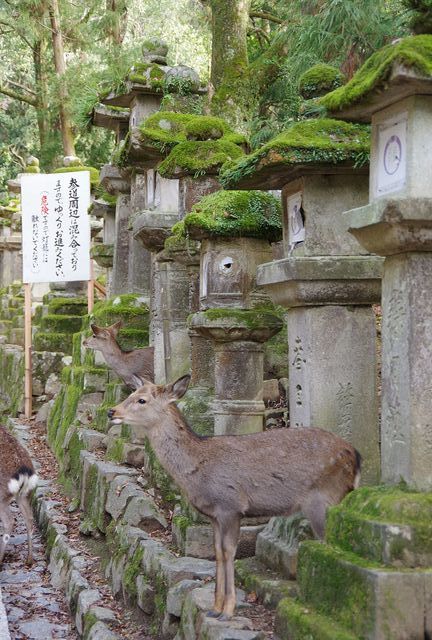
One of the more interesting things about Kasuga Taisha is the large amounts of deer in the wooded areas. These little critters seem to be very tame but are known to sometimes headbutt or bite tourists on occasion as they are wild animals.
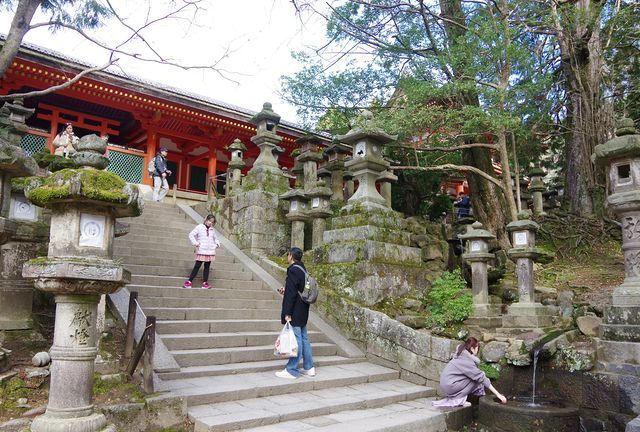
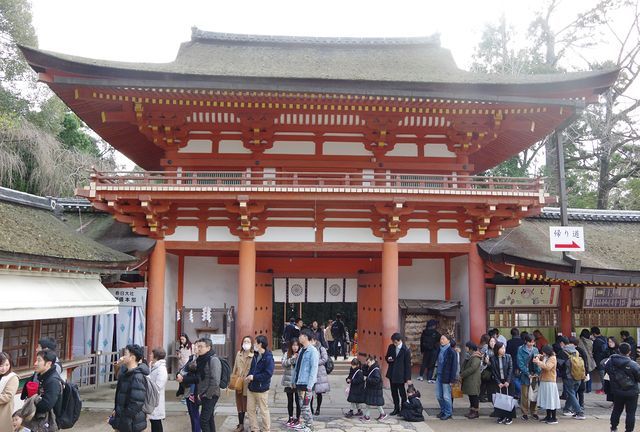
As it was getting close to New Years which is an important time for Japanese families, the shrine had closed the inner sanctum and were getting ready for the eventual hoards of worshippers who will be visiting in the first week or so of the new year. Do note that a large number of food stalls often pop up which can be reasonably popular.
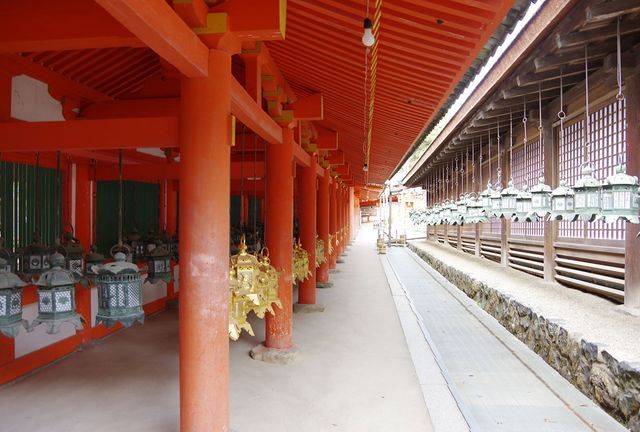
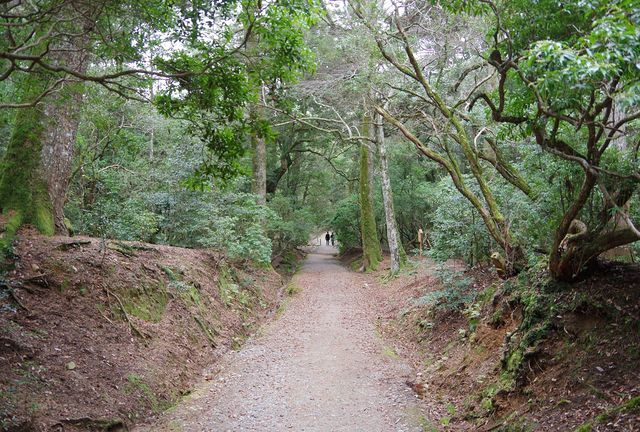
Something that I was unaware of was the large number of pretty walks that can be found around Kasuga Taisha. This track lead to Shinyakushi-ji temple - which was my second stop for this post.
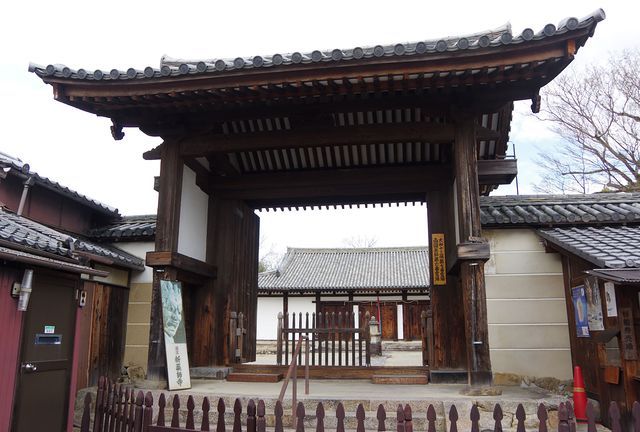
Shinyakushi-ji temple is about a 10-15 minute walk from Kasuga Taisha and does not look like much at first glace - but what's important is what's found inside the main building. This temple was constructed in 747 and costs 600 yen to enter.
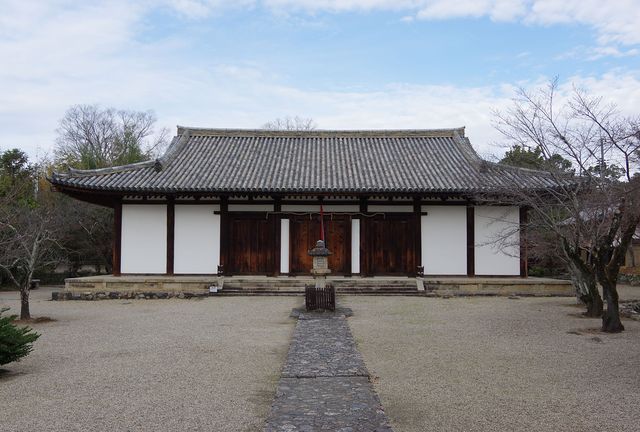
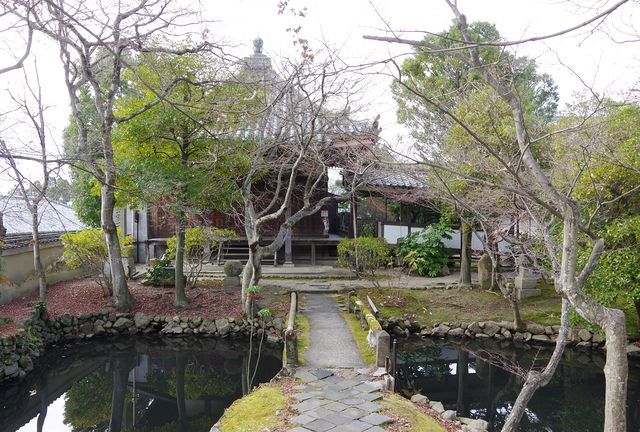
If you were to just walk around the outside of the temple, most people would feel as though they have been cheated out of their 600 yen as there is not that much to see. However, the main hall is home to 12 Divine Generals of Yasha which were made in the 8th century. There are also some other statues which come from roughly the same time as well.
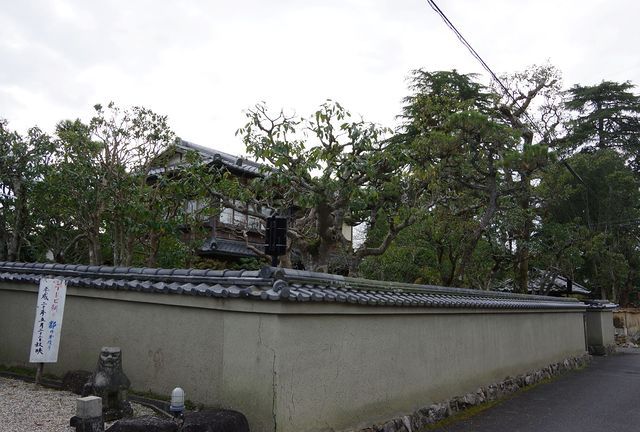
Located close to Shinyakushi-ji temple was the Shiga Residence which was unfortunately closed due to New Years. You'll start to see a pattern forming soon.
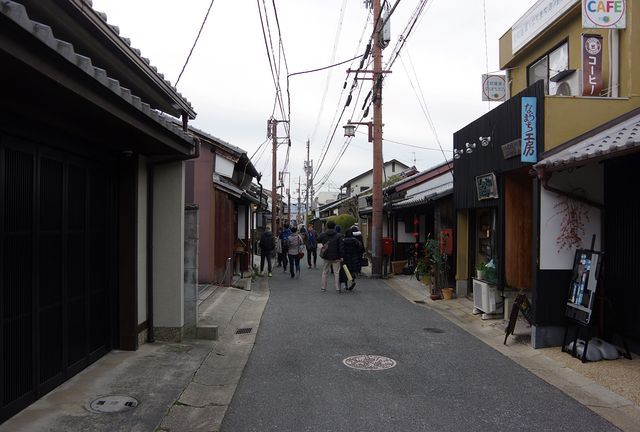
The Naramachi or Merchant district was my next location to visit. This location has lots of small residences and museums which are often free or reasonably cheap to enter. As mentioned earlier - most of these were closed but it was still interesting to view the different streets anyway.
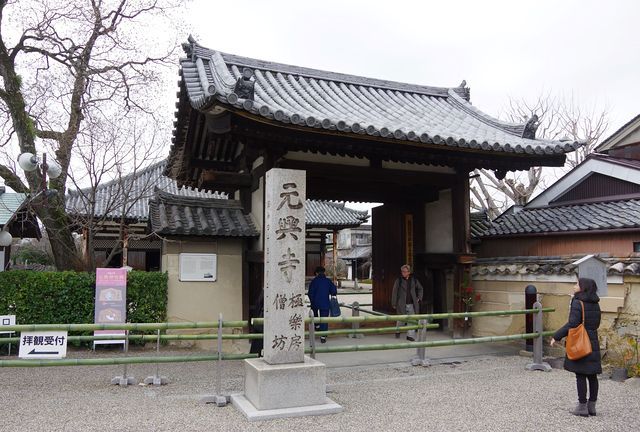
If there was one location which impressed me more than expected - it would have been Gangoji temple which is found in the middle of the Naramachi District. This impressive temple costs 500 yen to enter and is also one of the oldest temples in the country.
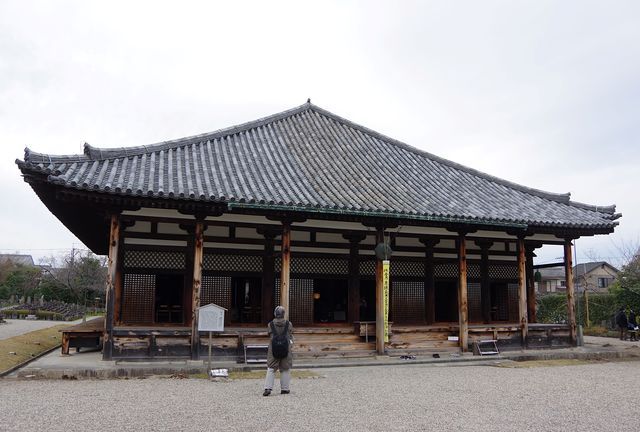
Inside the main temple was a large number of statues and rare artefacts which are often over 1000 years old. What sets this place apart is the amount of English explanation which is really impressive. They have gone the extra step and has better information than many museums in English speaking countries.
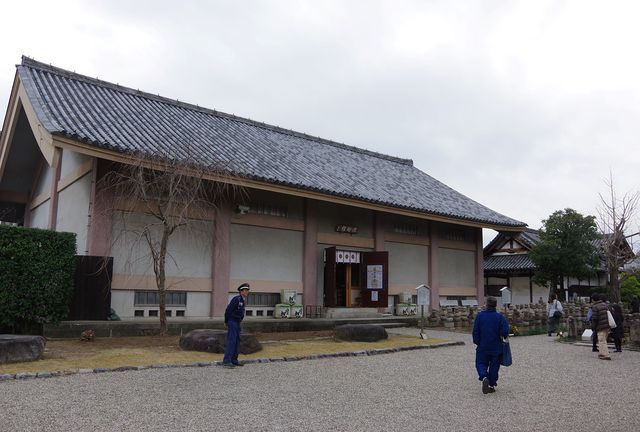
This building may not look like much - but it's home to a large and impressive group of Buddhist artefacts. It also explains how buddhism came to Japan and changed with time. An excellent brochure which explains in depth the evolution of the religion is included and is almost a bit too detailed.
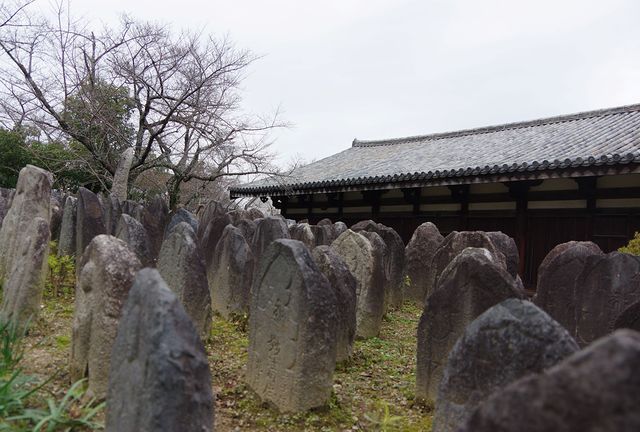

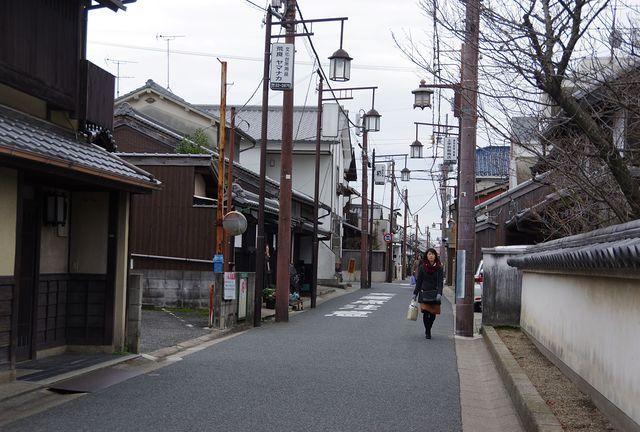
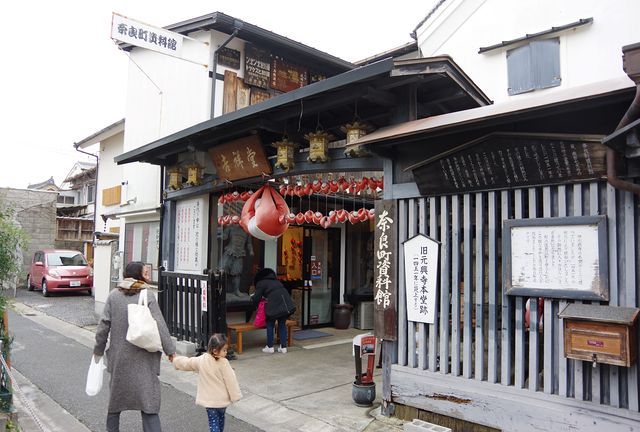
The only museum opened when I visited was the Naramachi Shiryokan - a small private museum which can be best described as a bit eclectic. It was free and some basic information about crafts from the Nara area was also included.
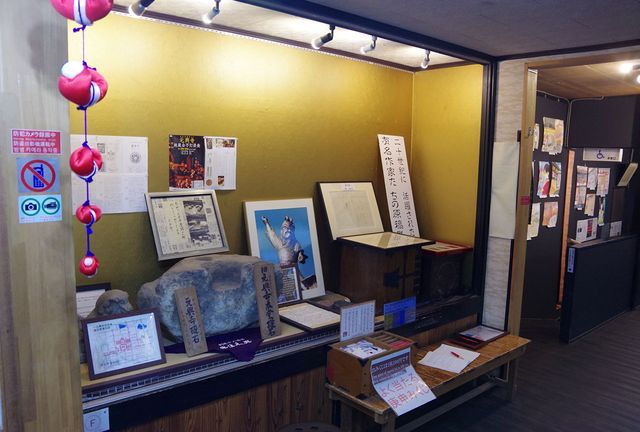
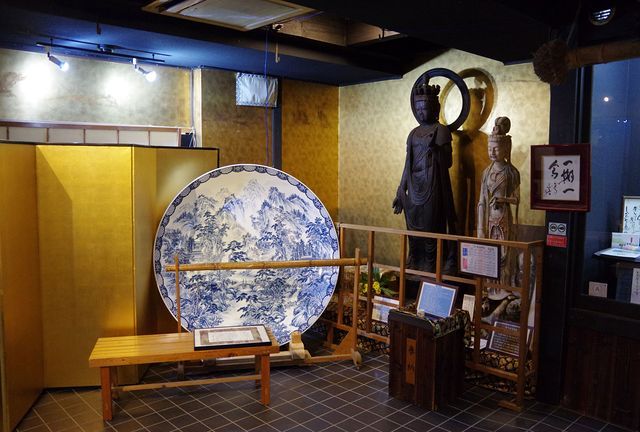
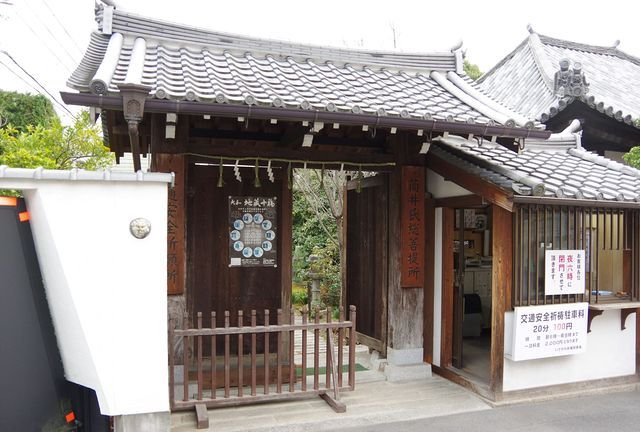
On my way back to the train station I stumbled across Denko-ji temple. This small temple which is also a creche is home to a statue from the Kamakura period which costs 300 yen to enter. It's interesting and all but I've seen too many statues today.

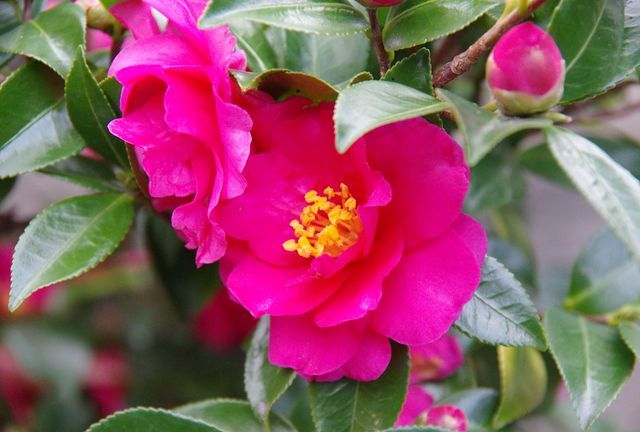
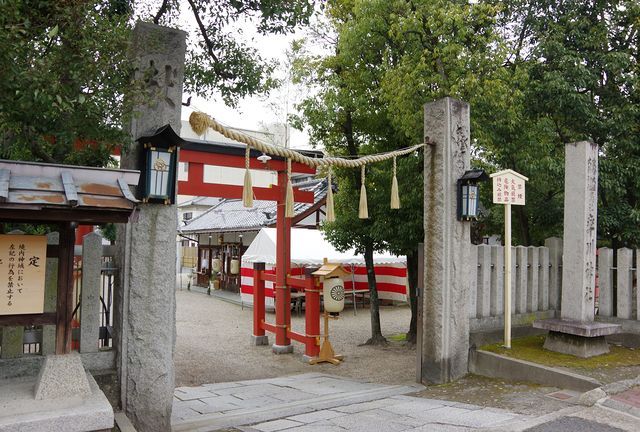
Isagawa Jinja was also found near Denkoji temple. This is the oldest shrine in Nara and also advertises in English for foreigners to participate in some events which is quite nice.
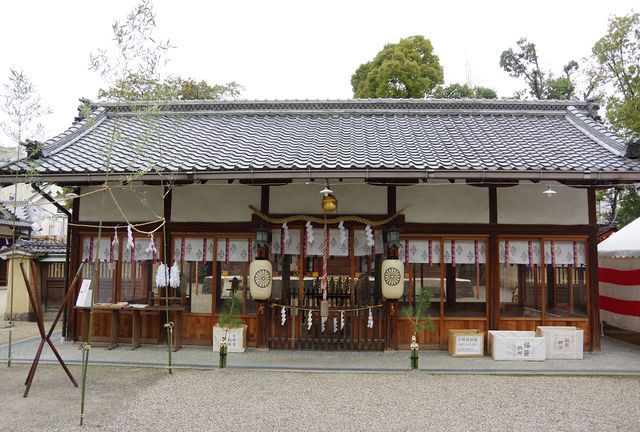
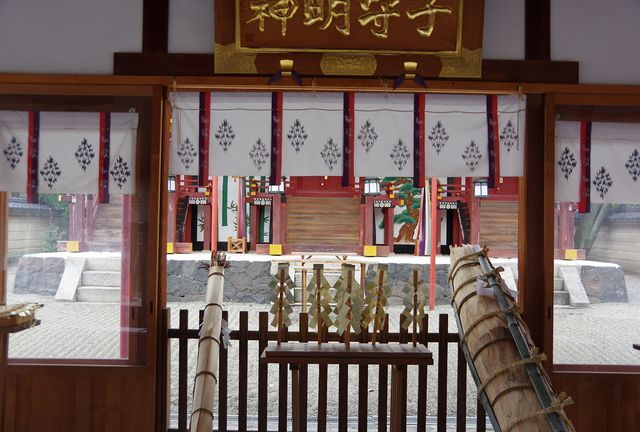

My last stop on the way back to the station was the Mausoleum of Emperor Kaika. This is located in the middle of a shopping street and would be very easy to miss. It's nice how they have not moved important things such as this.
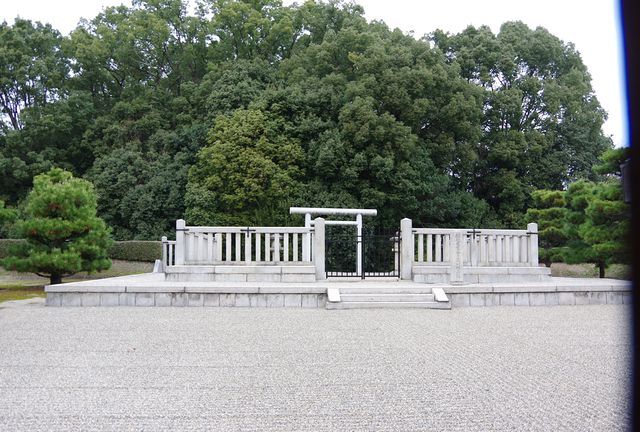
Nara is an interesting town and many people only visit here for half a day from Osaka or Kyoto. I've found that there are a couple of days worth of things to do - including some fantastic temple which are a little bit out of the city. However - the real jewel of Nara is it's countryside around Asuka and Sakurai. For tomorrow, I'll be visiting some Zen garden around Tofukuji in Kyoto.
Further information
Kasuga Taisha (http://www.kasugataisha.or.jp/about/index_en.html)
Shinyukushi-ji Temple (http://www.shinyakushiji.or.jp/)
Gangoji Temple (https://gangoji-tera.or.jp/en/)
Denkoji Temple (http://www.isagawa.ed.jp/denkoji/index.html)
Isagawa Shrine (http://isagawa-jinja.jp/en/)
Mausoleum of Emperor Kaika (http://www.kunaicho.go.jp/ryobo/guide/009/index.html)
| previous post |
| next post |